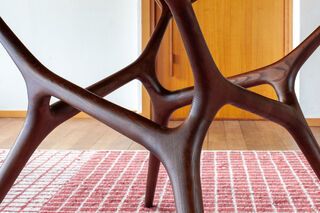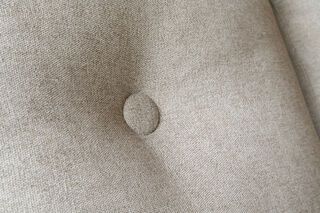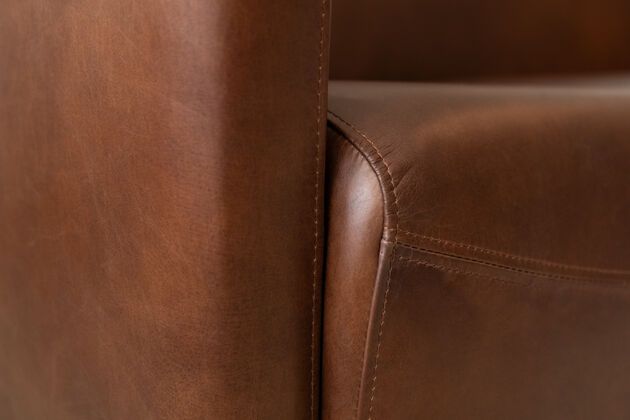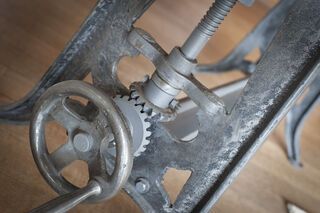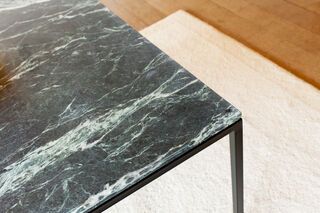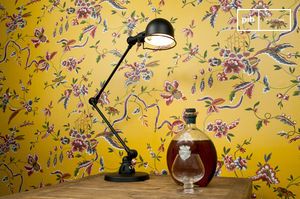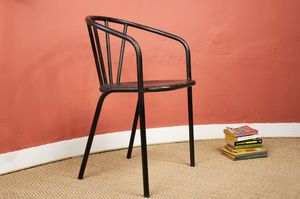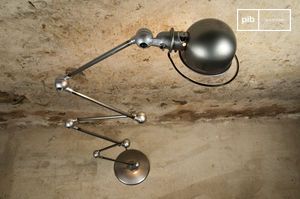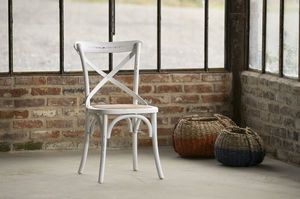assistant
Leather Collections
Materials
The category offers a direct entry into the world of materials: wood, metal, leather, marble... Each material asserts its presence, guides usage, and gives texture to the space. Approaching furniture through material is a grounded choice — in time, in gesture, in the effect it produces. This approach allows for thinking about interiors not by style, but by substance. It offers a sensitive, rigorous, and physical reading of the space, linking each object to what it is made of.
read more >Thinking about furniture through materials means focusing on the essentials: what objects are made of, what they evoke to the touch, under light, over time. A material is not limited to appearance; it conveys intent, a relationship to use, durability, and place. Wood, metal, leather, stone, or fabric — each has its own density, way of aging, and capacity to interact with other textures. By using materials as an entry point, we question the very structure of interior design.
Wood, for instance, is a staple in furniture — but in many different expressions. Solid oak tells a different story than pale birch or deep walnut. The grain, finish, and feel vary, as does the impression they leave in a space. Metal, often seen as rigid or industrial, can become delicate, precise, even graphic depending on its treatment. Aged leather, with its marks and grain, tells of use and time. Marble or ceramic impose their weight, mineral quality, and visual stability.
Choosing a material means choosing an atmosphere, but also a rhythm of use. A raw wood table ages differently than a lacquered surface; a leather armchair develops a patina over years, while smooth fabric may fade or reflect light. By placing materials at the center of decision-making, we focus on what endures — beyond trends. This approach strengthens an interior's coherence: materials echo each other, create dialogue between pieces, and avoid dissonance.
Working with materials also allows adjustment of a space’s visual scale. Matte surfaces absorb light, others reflect it. Dense textures slow the eye; smooth surfaces speed it up. Thus, material defines atmosphere even before an object is used. It sets the tone, clarifies the intention. This logic does not oppose function and aesthetics: it unites them around a fundamental, often irreversible, and always meaningful choice.
In conclusion, approaching furniture through materials anchors the design in a sensitive, durable, and deliberate relationship with space. It is a way to shape the interior through what makes it tangible — and therefore real.
Best-Sellers
assistant
Leather Collections
